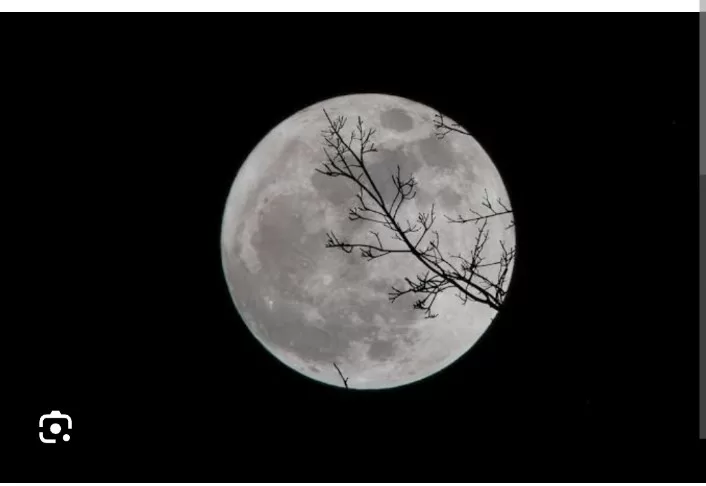BENGALURU: A groundbreaking study spearheaded by a planetary scientist from the University of Hawai‘i at Mānoa, Shuai Li, has unearthed a discovery that offers fresh insights into the source of water ice detected in the moon’s permanently shadowed regions. This revelation was made possible through the analysis of remote sensing data acquired by the Chandrayaan-1 spacecraft’s Moon Mineralogy Mapper instrument.
The University of Hawai‘i at Mānoa underscores the importance of comprehending the concentrations and distribution of lunar water, emphasizing its critical role in unraveling the moon’s origin, evolution, and its potential significance for future human missions. The findings of this pioneering research have been published in the esteemed journal Nature Astronomy.
The study, led by Dr. Li, delves into the role of high-energy electrons within Earth’s plasma sheet—a region containing trapped charged particles enveloped by Earth’s magnetosphere. This magnetospheric phenomenon, governed by Earth’s magnetic field, was found to influence weathering processes on the lunar surface and potentially played a crucial role in the formation of lunar water, according to the University of Hawai‘i at Mānoa.
Traditionally, scientists primarily focused on the impact of high-energy ions in space weathering processes affecting the Moon and other airless celestial bodies. The prevailing theory proposed that solar wind, consisting of high-energy particles like protons, bombarded the lunar surface and was a key contributor to lunar water formation, as explained by UH Mānoa.
Building upon his earlier research, which revealed that oxygen from Earth’s magnetotail was oxidizing iron in the Moon’s polar regions, Dr. Li, an assistant researcher at the UH Mānoa School of Ocean and Earth Science and Technology, sought to investigate variations in surface weathering as the Moon traversed Earth’s magnetotail—a region that effectively shields the Moon from solar wind but not solar photons.
Dr. Li’s study, based on remote sensing data from Chandrayaan-1’s Moon Mineralogy Mapper collected between 2008 and 2009, specifically examined changes in water formation as the Moon journeyed through Earth’s magnetotail, including its plasma sheet.
Surprisingly, the remote sensing observations unveiled that water formation within Earth’s magnetotail closely mirrored periods when the Moon was positioned outside the Earth’s magnetotail. This suggests that within the magnetotail, there might exist additional water formation processes or new water sources, distinct from the implantation of solar wind protons. Particularly, the study highlights that the radiation emitted by high-energy electrons produces similar effects to solar wind protons.
Dr. Li eloquently summarized the implications of this discovery by stating, “…Altogether, this finding and my previous findings of rusty lunar poles indicate that the mother Earth is strongly tied with its Moon in many unrecognised aspects.”
For future research, Dr. Li aims to collaborate on a lunar mission through NASA’s Artemis program, with a focus on monitoring the plasma environment and water content on the lunar polar surface under various lunar phases as it traverses Earth’s magnetotail.
This pioneering research is a testament to the intricate relationships between celestial bodies and the intricate processes that shape them, providing a deeper understanding of the moon’s composition and history.







